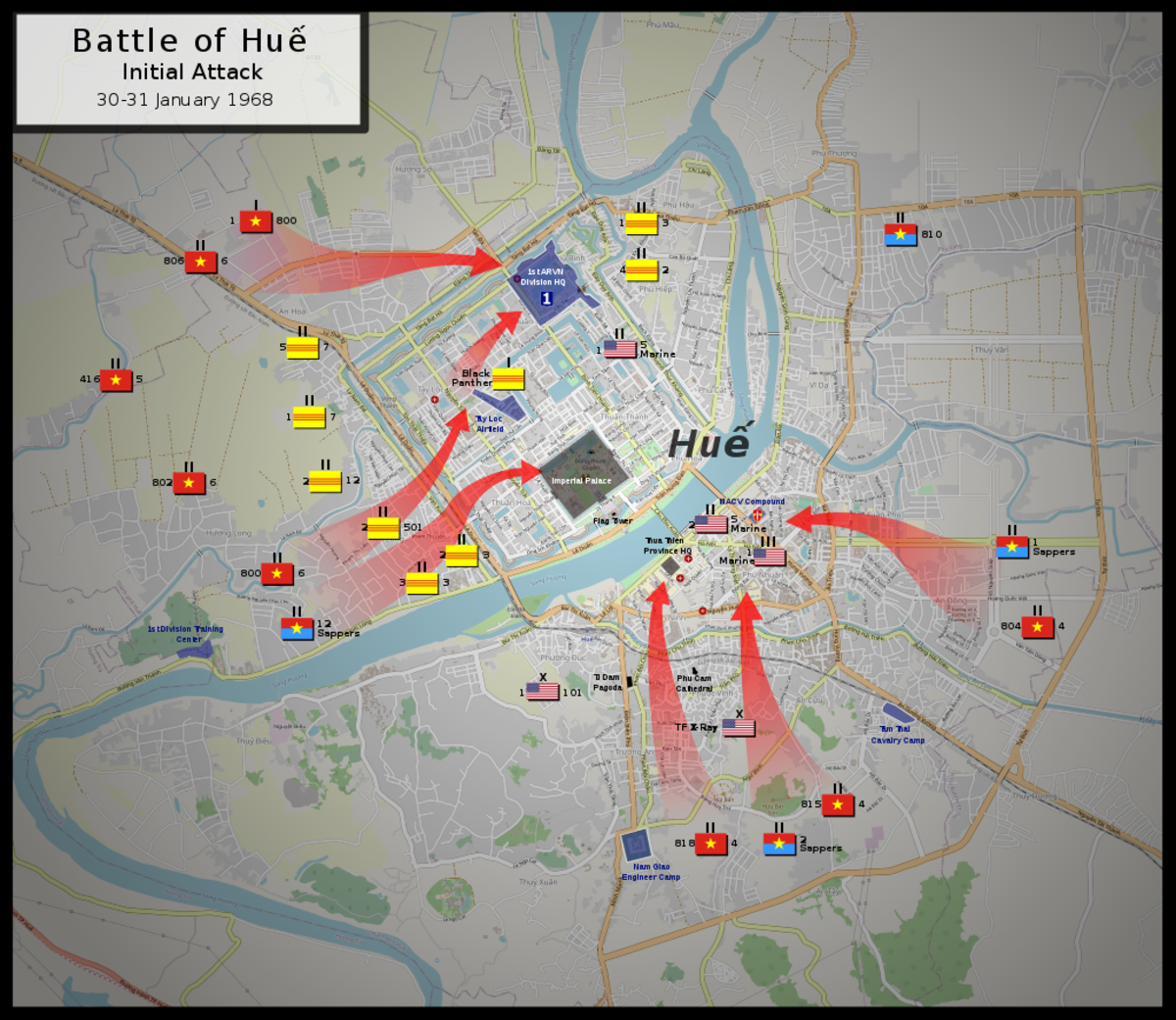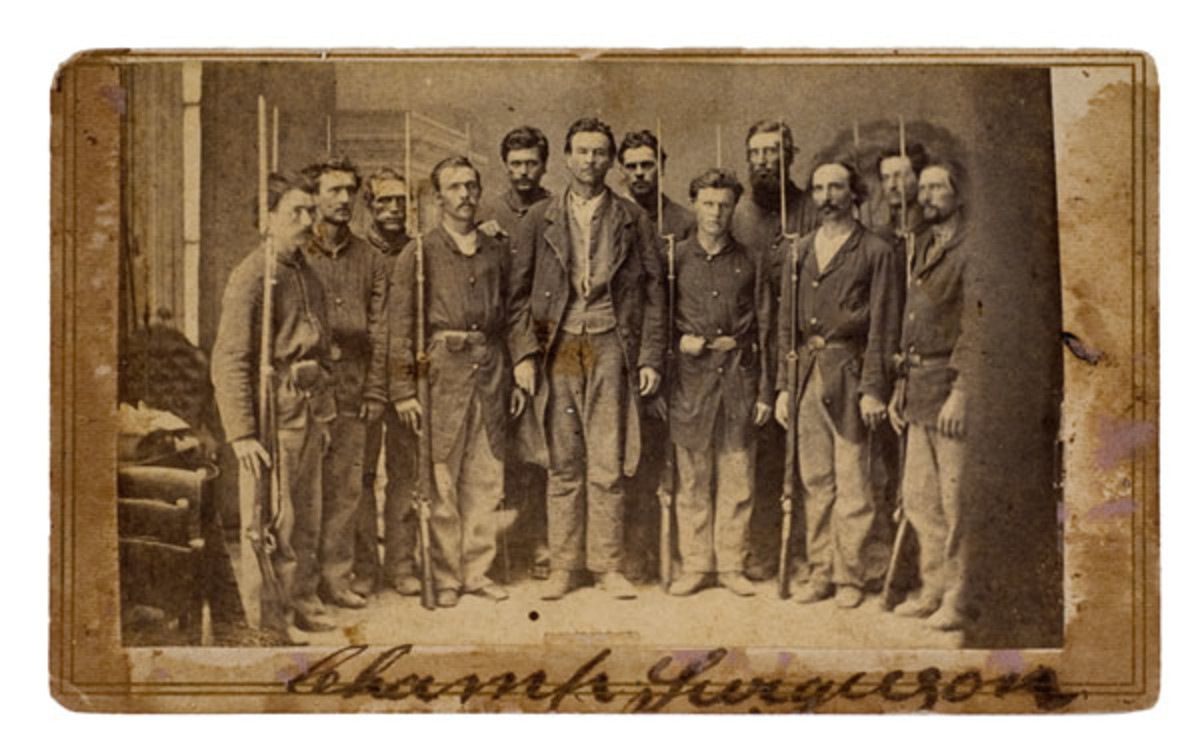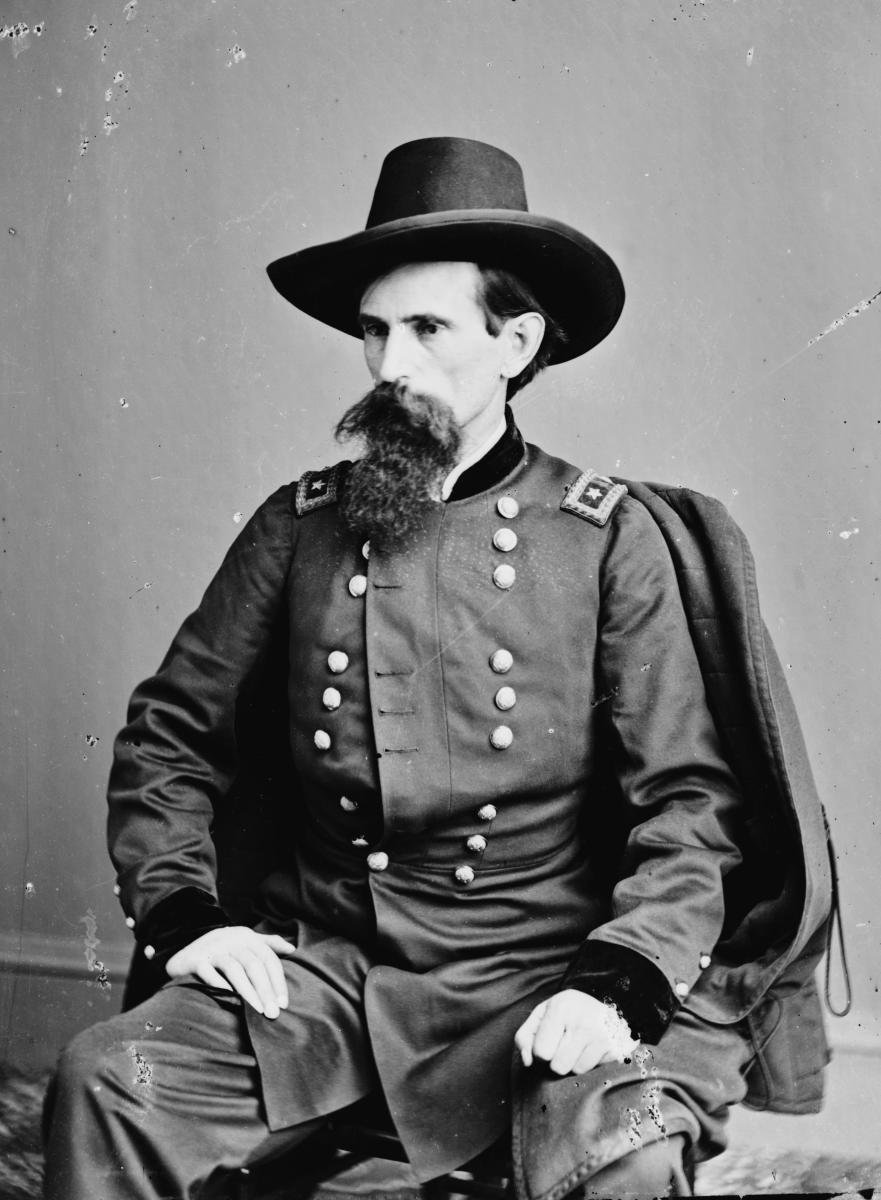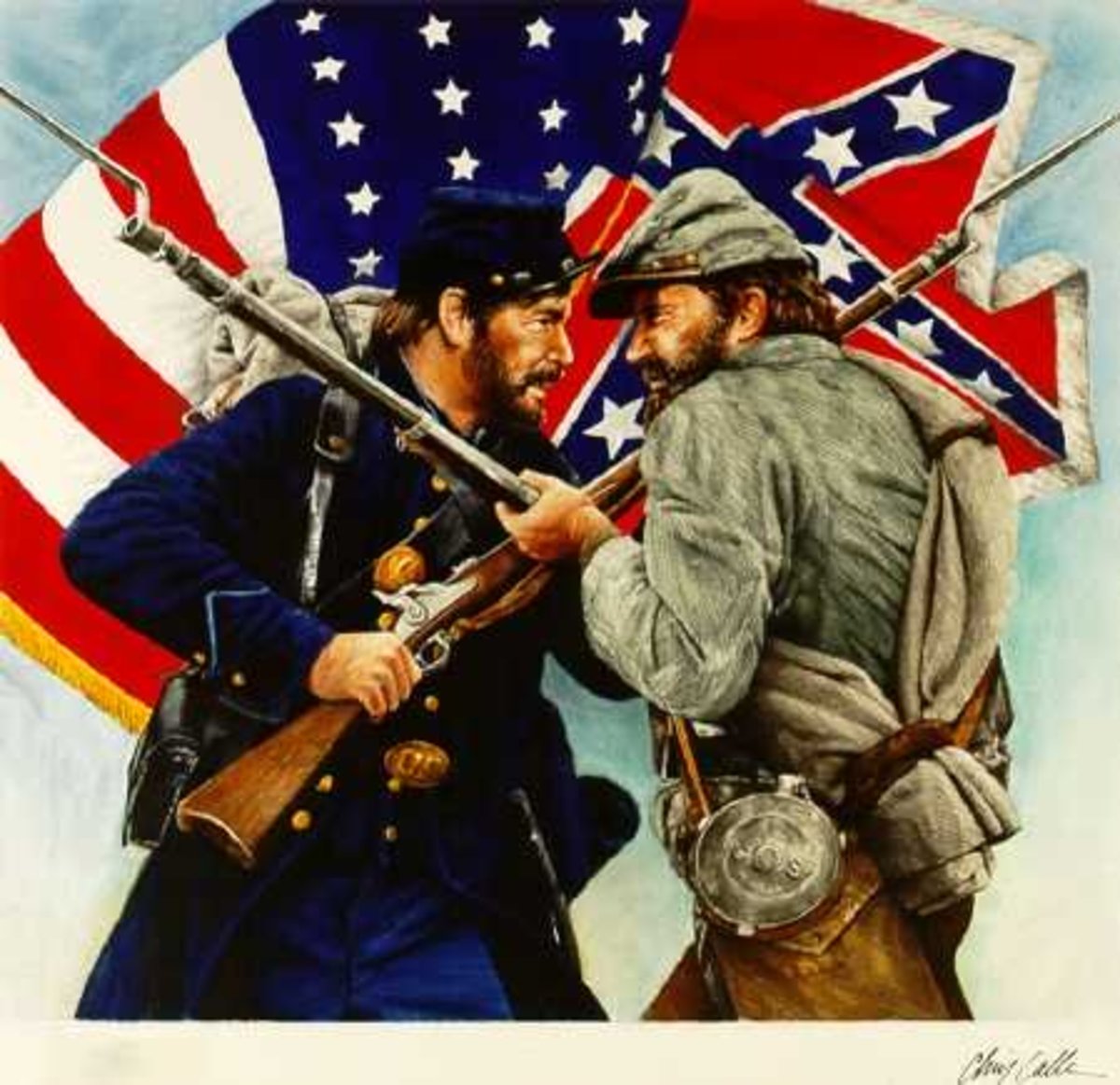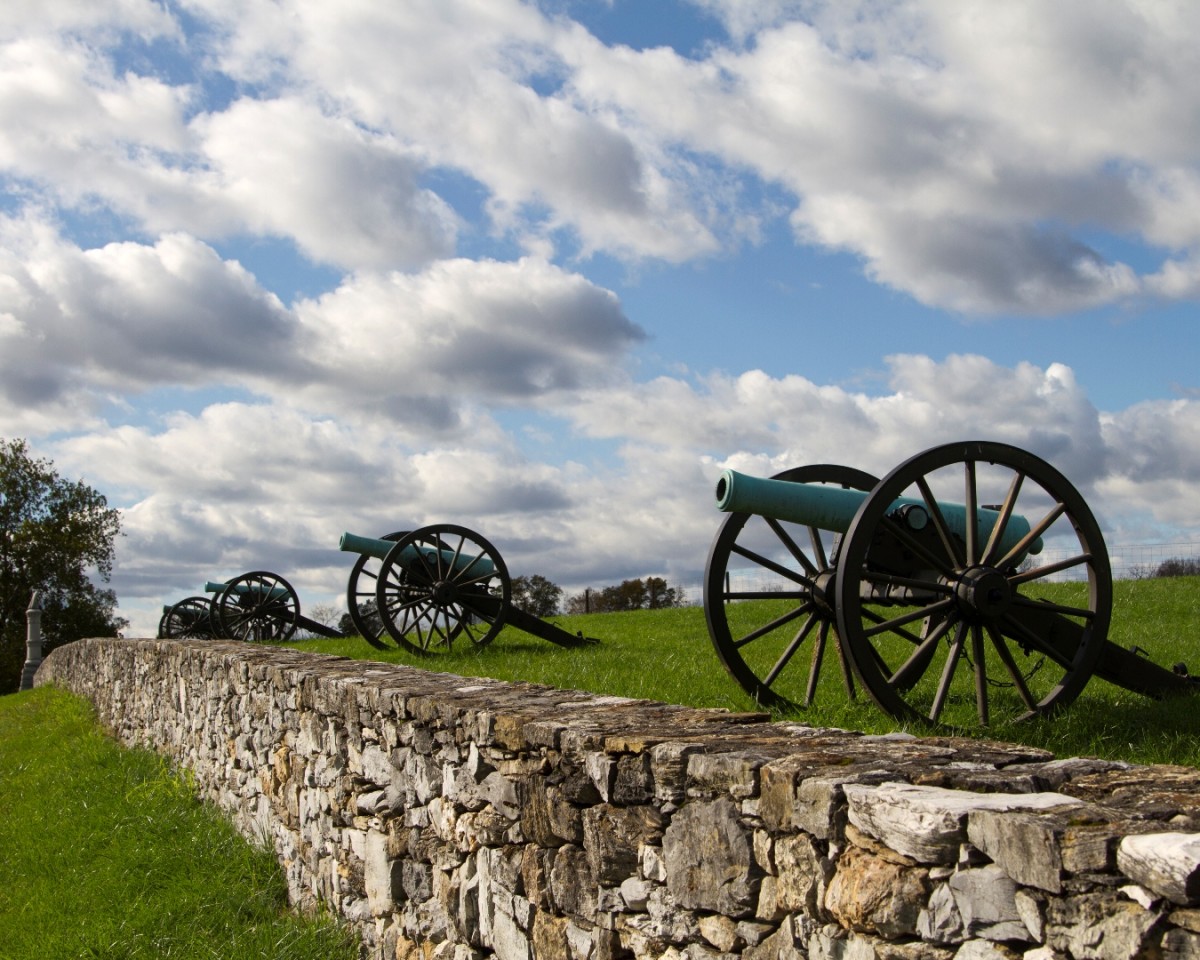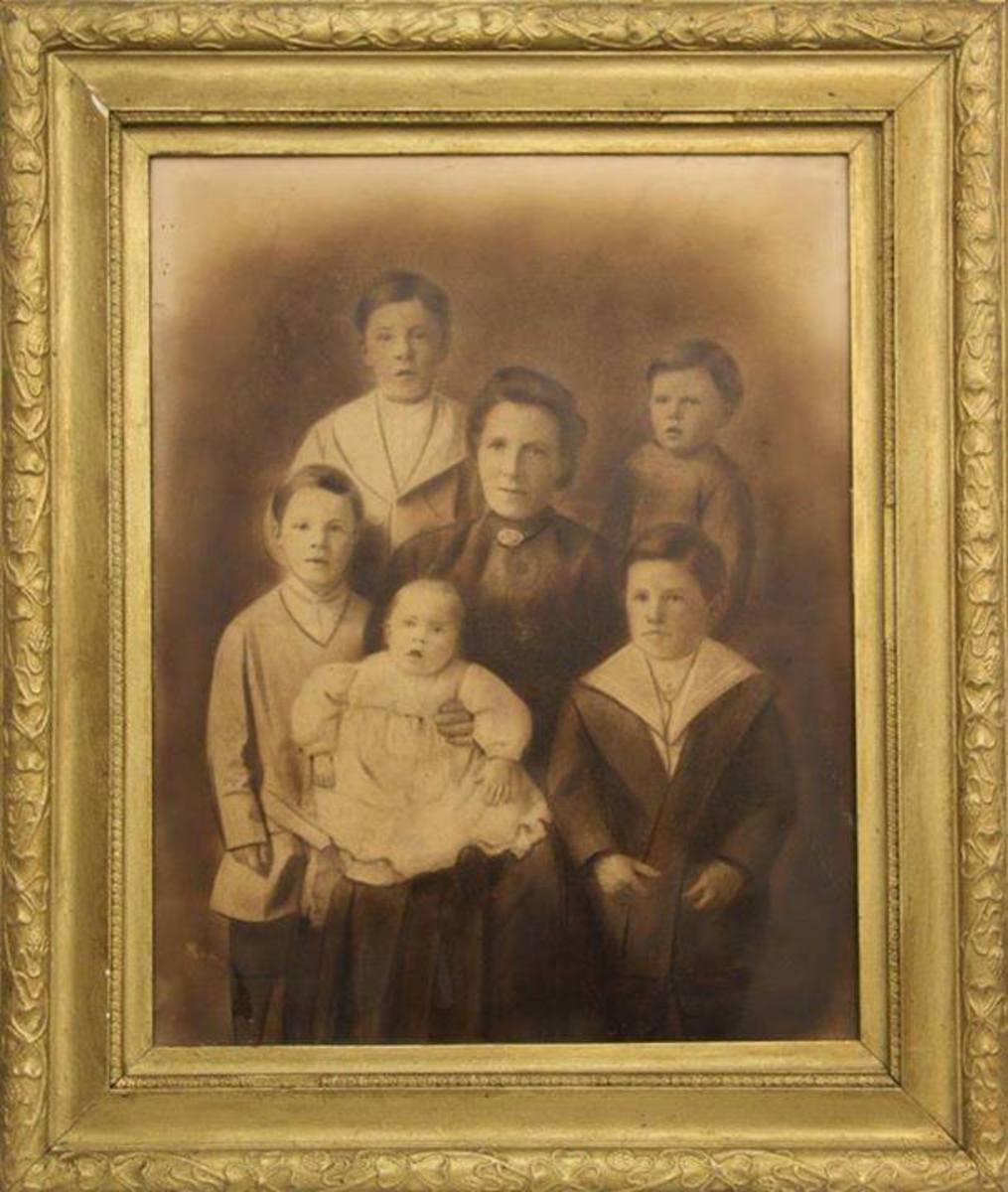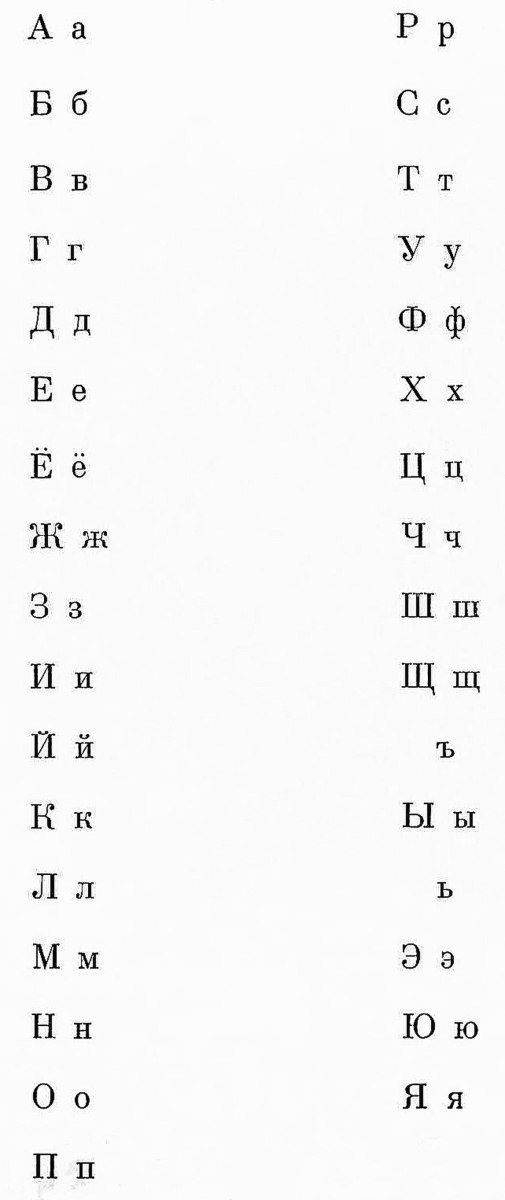About Pickett's Charge
HOW PICKETT'S CHARGE CHANGED HISTORY
This Was the Decisive Military Moment of the Civil War.
One Miltary Mistake Led to the Union Victory
July fourth, 2009 marked the 148th anniversary of the greatest battle of the civil war and of a lesser known but equally important event that altered the course of war and of history. If this other relatively small offensive hadn’t occurred, it’s likely that there would still be a confederacy.
PICKETT’S CHARGE.
A battle within a battle, the infamous Civil War offensive known as “Pickett’s Charge” has become one of the best known blunders of military history. Described by historian Shelby Foote as “the mistake of all mistakes,” Pickett’s Charge may have been the pivotal moment in the war when the South slipped from their “high water mark” into eventual defeat.
The name is a misnomer, because there were many Generals involved in the charge. Brigadier General J. Johnston Pettigrew and Brigadier General Louis Addison Armistead (Who famously charged into combat with his hat atop his sword) joined General George Pickett in storming the Union lines.
This unfortunate affair was one part of the grand conflict called “the Battle of Gettysburg”, which was part of a larger offensive known as the Gettysburg Campaign. This campaign was a series of battles fought through June and July of 1863. General Robert E. Lee, after his decisive victory at Chancellorsville, was emboldened enough to try a major Northern offensive. The South was doing poorly in the West but Lee saw a chance to salvage the East by a series of lighting strikes in the North East. The last conflict of this campaign was the Battle of Gettysburg, Pennsylvania.
Lee’s incursion deep into Northern territory panicked many people and was called the “Emergency of 1963”, causing thousands of refugees to flee Pennsylvania and Maryland. Lee’s Confederate superiors wanted him to divert his forces to assist in the battle at Vicksburg, but he refused, exoltating the virtues of a continued Northern offensive. This set the stage for the worst battle ever fought on American soil and the notorious charge by Pickett.
Lee’s Invasion of the North poised the Confederacy on the brink of Independence. Had he succeeded in defeating the Army of the Potomac and coming perilously close to the Union capitol, then the North would have been dealt a lethal psychological blow, and Lincoln may have been forced to capitulate, recognizing the independence of the Confederacy, rather than risk Lee taking the Capitol. Lee was close to successfully bullying Lincoln into agreement.
On July 1st 1863, 50,000 men met on a field outside the town of Gettysburg. The Union forces were led by Major General George G. Meade, commanding the Potomac Army. The Union lines were entrenched on Cemetery Hill and Cemetery Ridge. General Lee and the Army of Northern Virginia held position at the tree line. Pickett guarded Lee’s left flank while Maj. General Isaac Trimble and General Pettigrew watched his right. The conflict dragged on for three days, with heavy casualties, which depressed Lee greatly. After three days of making no headway and two failed attempts to break the North’s flanks on both sides, Lee came up with his infamous idea.
Lee’s idea was that a daring, Napoleon-style charge down the middle would break throughthe Union lines. Although Lee’s senior General James Longstreet strongly advised against this reckless maneuver, Lee was getting desperate and firmly believed that this was the only course left to him. He chose Pickett, Pettigrew and Armistead to lead the charge to the Union guns.
It began on Friday, July 3rd. The Confederate forces tried to soften up the Union troops with a massive artillery barrage which lasted for an hour and a half. However, the Southern guns were aimed too high and the total damage they did was fairly minimal. When General Pickett and his fellow Southern soldiers charged bravely into the mouth of the enemy forces, they were caught in a hail storm of return fire.
Trapped in a crossfire, facing cannons and even sharp shooters from the nearby town, Pickett’s Charge became a bloodbath for the Confederates. In the middle of the field over which they charged was a large fence. The confederate soldiers were forced to either climb over or otherwise funnel through the single opening in the gate, making them easy targets. Pickett personally lost over 2,600 of his men. Pettigrew lost nearly 2,700 and Turnbull nearly 1,000. Other generals and commanders involved also suffered significant losses. All-in-all, the Southern army lost between 13,000 to 15,000 men in Pickett’s Charge, due to either death, capture or being wounded. There were high loses among command rank offices. General Richard Brooks Garnett and Brigadier General Armistead were among the commanders who didn’t survive.Pickett himself came out unscathed, leading to doubts about his bravery and speculation regarding wherehe was during the fighting. His career was never the same after that.
General Lee wasn’t able to salvage the day after this disastrous failure, and feared that he was now vulnerable to a Union counter attack. Seeing no option, he retreated back to Virginia, his dreams of taking the North by storm and winning the war for the Confederacy died that day, along with the Southern belief that Lee was an invincible warrior. The South was disheartened by their greatest General and strongest military machine being defeated and forced to retreat. To make things worse, the very same day, General Ulysses S. Grant defeated the Confederate forces at Vicksburg. The same forces who Lee chose not to aid. This combination blow to the South was the turning point in the war for the North.
If Lee had not made the mistake of ordering the Pickett/Pettigrew attack, and found another way to win the day or at least held the line, fighting Meade to a draw, and maintaining a toe-hold in Pennsylvania, the ultimate result of the savage battle at Gettysburg, and the overall history of the Civil Warmight have been quite different. If General Lee had managed a Confederate victory at Gettysburg, it would have shattered Union confidence and caused a war weary Union to consider that the war was unwinnable. It may have effectively ended President Lincoln’s ability to continue the war. He would have had to acknowledge that the Confederacy was here to stay.
A victory by General Robert E. Lee on July 3rd1963 may just have left us with a permanent Confederate States of America. The failure of Pickett’s Charge was likely the beginning of the domino effect that led to the ultimate Confederate defeat.

